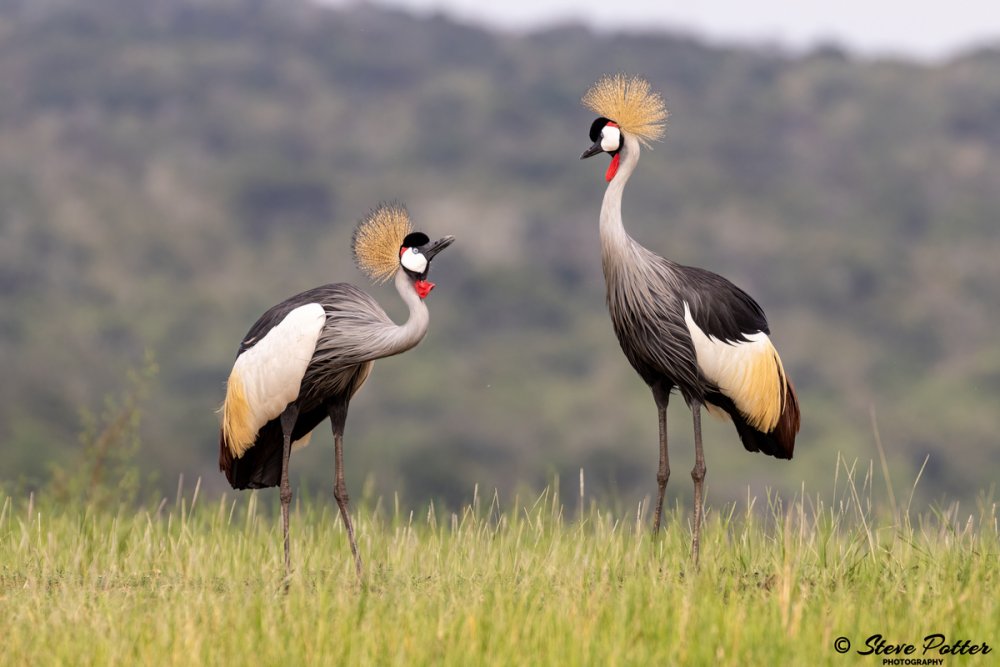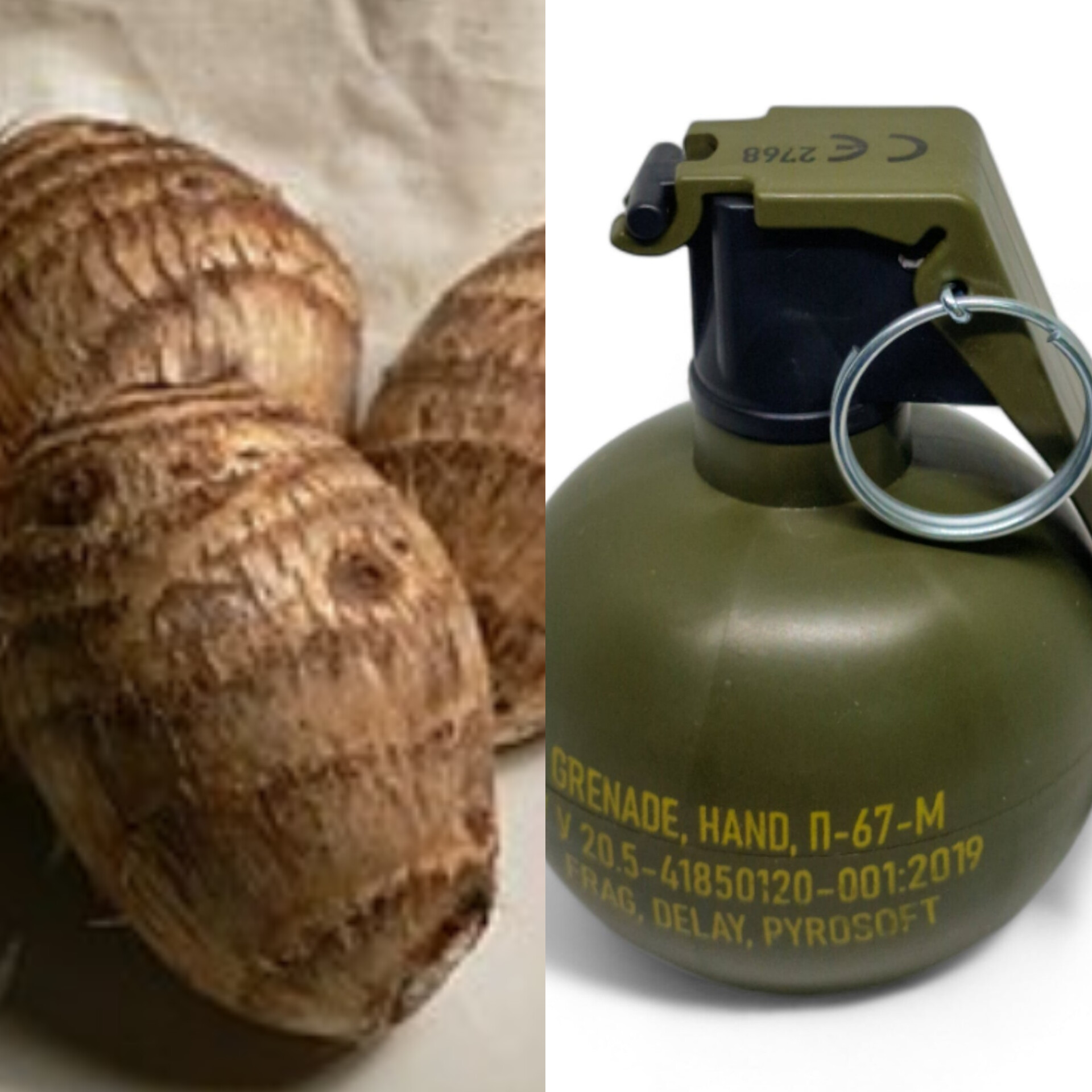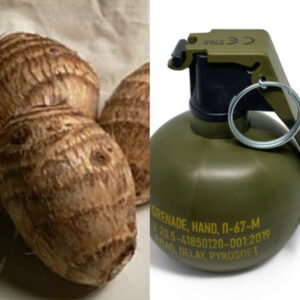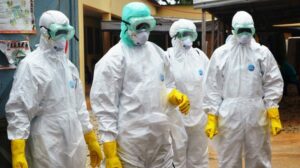Researchers from Rwanda and other East African countries have discovered 638 different species in the Rugezi Swamp, including 433 species that were previously unknown to inhabit this area.
The Rugezi Swamp, covering over 7,000 hectares, is located in Gicumbi and Burera districts. It is one of the most important wetlands in the country, acting as a water source and playing a key role in filtering water that flows into Lake Burera and Lake Ruhondo, which power the Ntaruka and Mukungwa hydroelectric plants.
In 2006, Rugezi Swamp was designated as a protected area of international importance under the Ramsar Convention, which was signed in Iran in 1971 and came into effect in 1975.
Although the swamp is home to a large variety of biodiversity, the exact number of species present was not well known, making it difficult to develop proper conservation strategies.
The research, which began in 2023, revealed the presence of unique species in Rwanda, such as the Hydrilla Leafcutter Moth and a rare plant called *Zehneria tridactyla*. Researchers also identified 197 plant species, including 109 previously unrecorded in Rugezi, and 127 bird species, of which 28 were new to the area.
Additionally, they discovered 82 aquatic invertebrates, all previously unknown in the swamp, along with 14 amphibian species, 8 of which were new discoveries in Rugezi. Of the 13 reptile species found, 10 were also new to the area.
Among the 53 mammal species discovered, 22 were types of bats, and 51 species were newly identified. They also found three species of fish, including one that was not well-known before.
The researchers also recorded 149 species of six-legged arthropods, including 49 species of butterflies, all of which were newly discovered in Rugezi.
Laure Rurangwa, a bird researcher who led the study, said it was the first extensive research of its kind in Rugezi, focusing on species that had never been studied on a global scale. She stated, “Research is ongoing, and we suspect there are more species that will be new to science. We are currently analyzing their genetic material to confirm what we have found. Since Rugezi is a globally protected wetland, it’s important to understand what we are protecting, such as rare birds that were thought to be extinct but are still living in the swamp.”
Dr. Olivier Nsengimana, the Director of the Rwanda Wildlife Conservation Association (RWCA), emphasized the importance of this research, confirming that Rugezi Swamp is home to a significant population of cranes. Over the past 10 years, RWCA has worked to protect these birds, whose numbers had been declining.
Dr. Nsengimana explained that in 2007, they counted 487 cranes, and thanks to ongoing conservation efforts, the number has risen to 1,293. “Rugezi is a special swamp that contains about a quarter of all the cranes in the country. It’s a place we must protect so that both the cranes and other wildlife continue to thrive.”
Faustin Munyazikwiye, the Deputy Director General of the Rwanda Environment Management Authority (REMA), highlighted the importance of the Rugezi Swamp by recalling an electricity shortage in 2001-2002, which was traced back to low water levels at the Ntaruka hydroelectric dam, caused by the drying up of Rugezi.
He explained that Rwanda acted to restore the swamp, with rehabilitation work completed in 2010, and today, it is a vital and protected ecosystem. Munyazikwiye also mentioned ongoing efforts to work with local communities and other stakeholders to restore the boundaries of the Rugezi Swamp, while helping nearby residents find alternative livelihoods outside the swamp. for more article visitLife Style Page
for more article visitLife Style Page














Post Comment